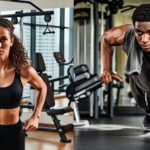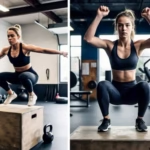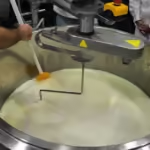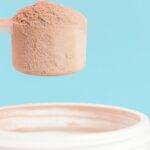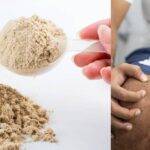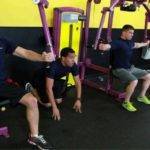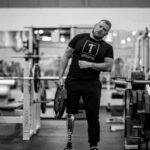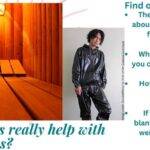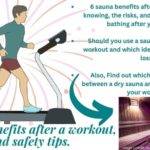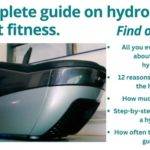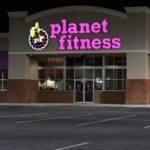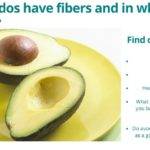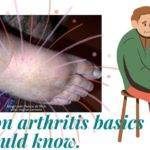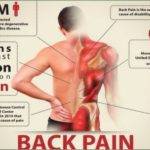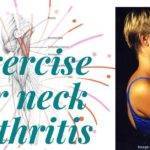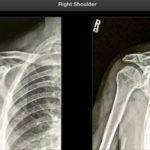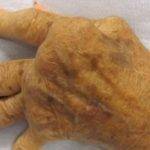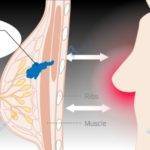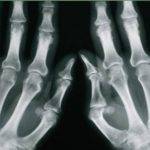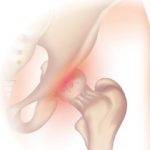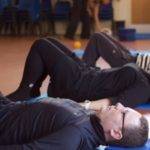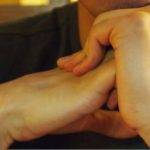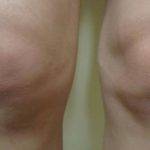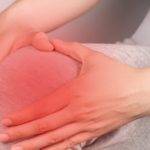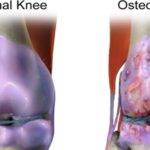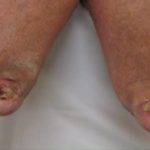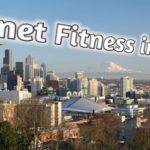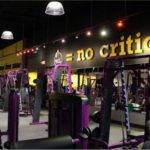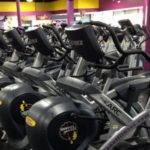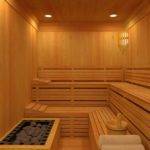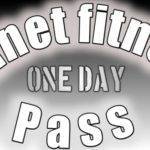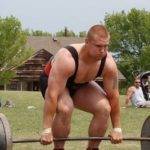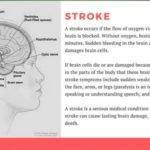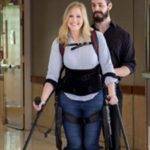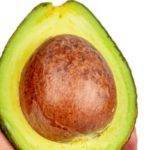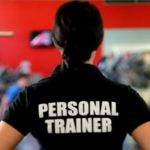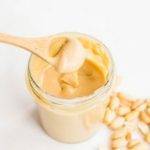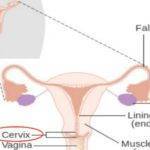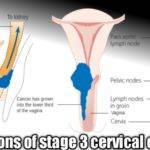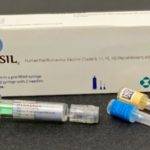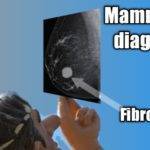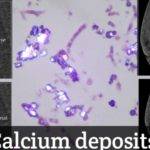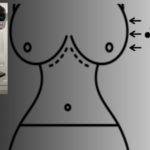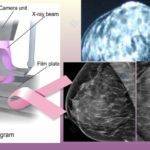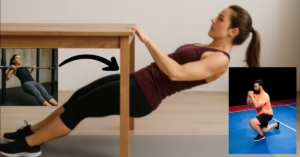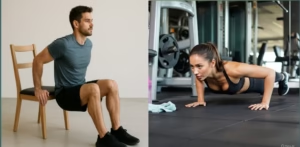
Table of Contents
Calisthenics leg workouts are those focused on the use of body weight to strengthen and tone leg muscles. These workouts typically include squats, lunges, step-ups, and calf raises, which target different muscle groups, including the quadriceps, hamstrings, glutes, and calves.
Variations like pistol squats (single-leg squats) and jumping lunges can add intensity and improve balance and coordination. One major benefit of calisthenics is that you don’t need any equipment, making it accessible and convenient. However, the use of calisthenics equipment can be advantageous.
These workouts are also great for building functional strength, improving mobility, and enhancing overall athletic performance. In previous articles, we covered aspects of calisthenics such as calisthenic bars and calisthenics back workout. Here, we’ll discuss calisthenics leg workouts.
Keep in touch by signing up for our newsletter:
Calisthenics for legs.
Calisthenics offers a highly effective means of training the legs using bodyweight exercises. This method emphasizes using natural movements to improve strength, endurance, and overall muscle development. Research published in the Journal of Sport Sciences for Health has proven its effectiveness even for people with flexible flat feet especially when combined with other forms of intervention.1
Important exercises include the Bulgarian split squat, pistol squats, and various lunges, such as the walking lunge and reverse lunge. These movements target the major muscle groups in the legs, like the quadriceps, hamstrings, and glutes. They also engage in stabilizing muscles, enhancing overall athletic performance.
The versatility of calisthenics allows individuals to perform leg workouts in diverse environments, free from gym equipment. Whether practicing at home, in a park, or while traveling, exercises such as bodyweight squats, calf raises, and jump lunges can be easily integrated into any routine.
This flexibility makes calisthenics an attractive option for those seeking to maintain fitness on the go or within limited settings. Furthermore, many leg exercises can be modified to increase or decrease difficulty, catering to various fitness levels and goals.
Proper form and technique are essential in calisthenics to maximize benefits and prevent injuries. For instance, during the glute bridge or single-leg deadlift, aligning the body correctly can significantly impact effectiveness.
Attending to joint stiffness, particularly in the knees and hips, is crucial for individuals managing or preventing arthritis. Calisthenics exercises not only help build muscle mass but also promote joint health and reduce stiffness through low-impact movements.
Calisthenics provides an accessible and efficient platform for developing stronger legs. Whether through jump squats, cossack squats, or weighted sissy squats, training the legs with bodyweight movements ensures a robust workout that supports overall fitness goals.
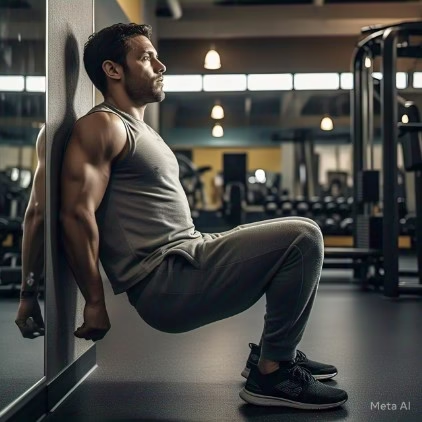
Calisthenics leg workout for beginners.
Starting a calisthenics leg workout routine can be an empowering experience for beginners eager to build muscle strength and improve their fitness levels. The following is a structured approach that incorporates simple yet effective exercises suitable for newcomers.
First, ensure you begin each session with a proper warm-up, which might include dynamic stretches and mobility exercises to prepare the muscles and joints for the workout ahead.
Following the warm-up, a well-rounded workout routine could focus on a variety of exercises such as Bulgarian split squats, glute bridges, and calf raises. Each exercise naturally promotes muscle mass and enhances overall performance.
For beginners, performing 3 sets of 10-15 repetitions per exercise will provide an adequate stimulus without overwhelming the muscles. Ideally, rest for about 30-60 seconds between each set to ensure proper recovery.
Gradually, individuals can increase the intensity by adding variations, such as weighted sissy squats or shrimp squats, as they become more comfortable with foundational movements.
Incorporating additional exercises like walking lunges and step-ups can also contribute to a well-rounded leg workout. These movements not only aid in developing strength but also support joint stability. Including exercises such as jump lunges or box jumps adds a cardiovascular component, which can further enhance performance in athletics.
Concluding each session with static stretches, such as the wall sit or single-leg deadlift further helps with joint stability. Wall sits are particularly useful in the management of knee arthritis. By following a structured approach, beginners can effectively integrate these exercises into their routines.
Calisthenic quad exercises.
Calisthenics offers a range of effective exercises that significantly target the quadriceps, one of the primary muscle groups in the legs. This section explores several bodyweight exercises designed to improve muscle strength and mass while enhancing overall performance in athletics.
Among the fundamental exercises for the quadriceps are bodyweight squats. This movement activates the glutes while placing substantial emphasis on the quads.
To perform a bodyweight squat, stand with feet shoulder-width apart, lower your body by bending your knees while keeping your chest up, and then return to the standing position. Variations like the jump squat can add an explosive component that increases muscular endurance and power.
Lunges also effectively isolate the quadriceps. Traditional lunges and their variations such as the reverse lunge, walking lunge, and overhead lunge are impactful in building leg strength. Maintain an upright posture and ensure that your knees do not extend beyond your toes to mitigate any potential risk of injury.
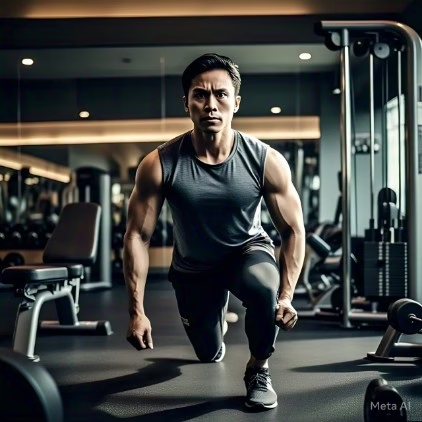
The step-up is another excellent calisthenic exercise for targeting the quadriceps. Utilizing a sturdy platform or box, step up with one leg and drive the opposite knee upward, alternating sides. This movement mimics everyday functional tasks while enhancing muscle mass and joint stability.
It is important to incorporate variations to cater to different skill levels. For example, more advanced practitioners might consider exercises like the weighted sissy squat or archer squat, which place additional demand on the quads.
Ensuring correct technique is essential; improper form can lead to overuse injuries, particularly in the knees. Strong quads aid in arthritis prevention and management. By systematically targeting the quads through calisthenics, individuals can also enjoy improved functional strength and greater overall athletic performance.
Hamstring calisthenics.
The hamstrings are crucial for overall leg strength, playing a pivotal role in many athletic movements. Engaging these muscles effectively can improve performance in activities such as sprinting, cycling, and various sports disciplines.
Fortunately, there are several calisthenics exercises designed to specifically target the hamstrings without the need for additional equipment. One fundamental exercise is the glute bridge.
To perform this movement, lie on your back with your knees bent and feet flat on the ground. As you lift your hips towards the ceiling, focus on squeezing your glutes and engaging your hamstrings.
Holding this position for a few seconds before lowering back down maximizes tension in the targeted muscles. For added intensity, consider progressing to a single-leg glute bridge.
Lunges are another excellent choice for hamstring engagement. Variations, such as the reverse lunge and walking lunge, create a dynamic full-range movement. These lunges not only stimulate the hamstrings but also strengthen the quadriceps, promoting balance between both muscle groups.
Proper setup is essential – ensure your front knee remains aligned over your ankle to minimize joint stress.
If you seek to isolate the hamstrings further, bodyweight leg curls can be implemented. By using a sturdy surface for leg support, this exercise enables you to curl your legs towards your glutes, emphasizing the hamstrings during the contraction.
Balancing quads and hamstring strength is imperative, not only for functional movements but also for arthritis prevention. Strengthening the hamstrings can alleviate joint stiffness and help manage pain, ensuring longevity in performance-based activities.
Additionally, the incorporation of box jumps can enhance muscle activation throughout your legs, giving you integrated strength training. By incorporating these exercises into your routine, you can develop well-rounded leg muscles, improving your overall athletic performance.
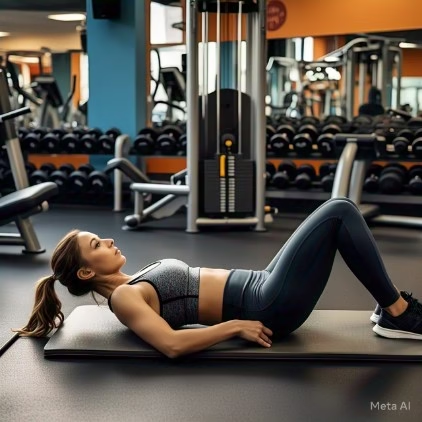
Calisthenics for calves.
Calisthenics offers an effective approach to building calf strength and muscle definition. One of the primary exercises for targeting the calves is the calf raise.
To perform a traditional calf raise, stand tall with your feet shoulder-width apart. Slowly lift your heels off the ground, balancing on the balls of your feet. Hold the contraction for a moment at the top before gently lowering your heels back to the ground.
This exercise can be performed on flat surfaces or elevated platforms to increase the range of motion, thus enhancing muscle engagement. Including variations, such as single-leg calf raises, increases the challenge and helps develop muscle balance.
Another beneficial exercise is the jump squat, which not only targets the calves but also engages the entire lower body. Plyometric movements like jump squats enhance leg explosiveness, which is crucial for sports performance, such as sprinting and soccer according to research published in the Journal of Advances in Rehabilitation.2
To execute a jump squat, begin in a standing position, lower your body into a squat while keeping your chest up, and then explode upwards, jumping as high as you can. Landing softly and transitioning back into the squat position ensures that the calves continually engage throughout the motion.
Incorporating additional exercises such as box jumps and lunges can further enhance calf strength by engaging various muscle groups and promoting functional fitness.
Bodyweight squats and their variations, like the overhead lunge and walking lunge, can improve overall leg strength while minimizing frustrations related to joint stiffness and discomfort associated with conditions like arthritis.
However, they may not be beneficial for all types, cases, or stages of arthritis. Checking on your healthcare practitioner for advice or exercise prescription may be the way to go. Generally, developing strong calves benefits various everyday activities, adding to overall stability and balance.
Best calisthenics leg workout.
The right calisthenics workout is not a one-size-fits-all thing. What qualifies as the best is based on the individual and training objectives. While it’s unrealistic to state what the best calisthenics leg workout is, we can give what can fit into a description of what the best workout routine should look like.
To effectively enhance leg strength and endurance through calisthenics, a comprehensive workout routine is essential. This plan integrates a variety of exercises that target all major muscle groups in the legs, ensuring a well-rounded approach.
The leg workout features bodyweight squats, lunges, and jumps, which not only build muscle strength but also improve athletic performance and support joint health.
Begin the week with the following structured leg workout routine:
- Bodyweight Squats: 3 sets of 15 repetitions
- Walking Lunges: 3 sets of 10 repetitions per leg
- Box Jumps: 3 sets of 8 repetitions
- Glute Bridge: 3 sets of 12 repetitions
- Single Leg Deadlift: 3 sets of 10 repetitions per leg
- Calf Raises: 3 sets of 15 repetitions
- Jump Squats: 3 sets of 10 repetitions
- Wall Sit: 3 sets of 30 seconds
Each exercise engages different muscle groups, enhancing overall muscle mass and strength. The bodyweight squats build a strong foundation, while jump squats add explosive power. Cumulatively, this sequence balances strength and endurance training, targeting muscle growth effectively.
It is important to allow adequate recovery between workouts, particularly after intensive sessions like box jumps and jump lunges. Consider a recovery protocol that includes hydration, stretching, and foam rolling. Progression may involve increasing repetitions or reducing rest time between sets to foster muscle adaptation and growth.
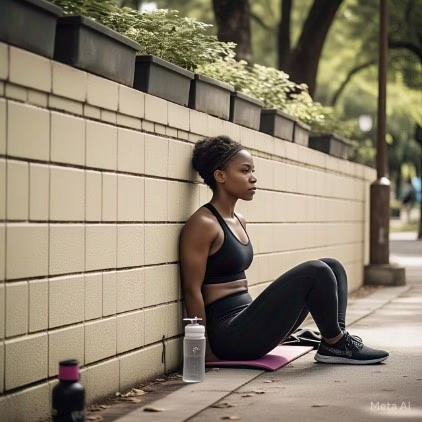
The proposed routine is designed to minimize the risk of joint stiffness and support early-stage arthritis management through enhanced mobility. Adapting this calisthenics leg workout to fit your fitness level can improve strength and overall joint health significantly.
References.
- Ghorbani, M., Yaali, R. & Sadeghi, H. The impact of calisthenics on muscular endurance, balance, and agility in young females with and without flexible flatfeet: a comparative study. Sport Sci Health (2025). https://doi.org/10.1007/s11332-025-01327-8 ↩︎
- Panihar, U., & Rani, D. (2022). The effect of calisthenics training on physical fitness parameters and sports specific skills of soccer players: a randomized controlled trial. Advances in Rehabilitation, 36(2), 23-31. https://doi.org/10.5114/areh.2022.116181 ↩︎





